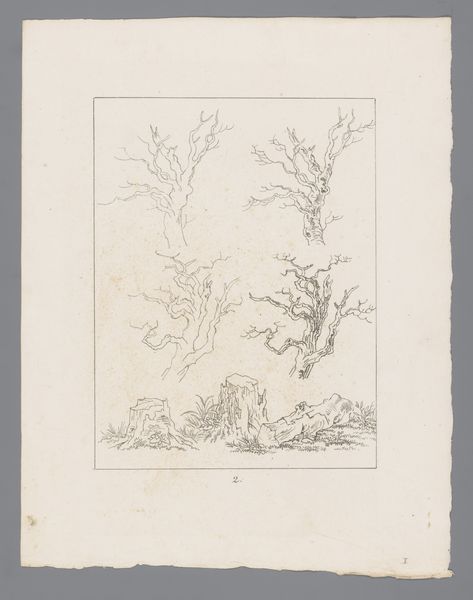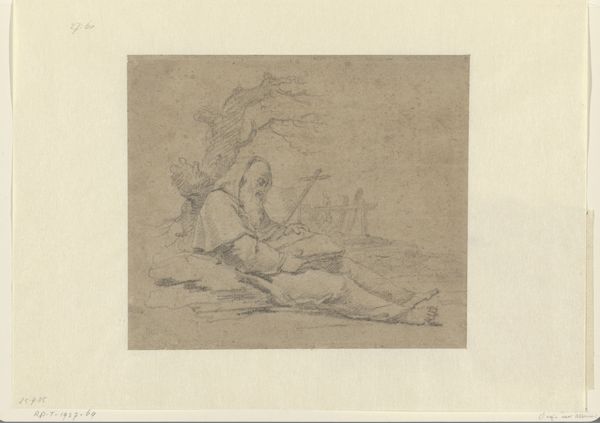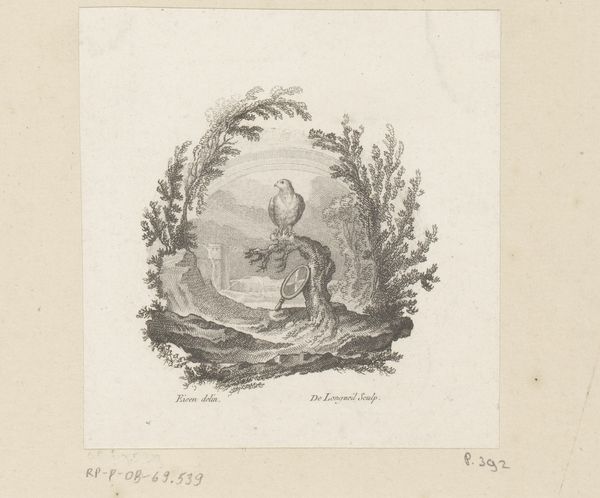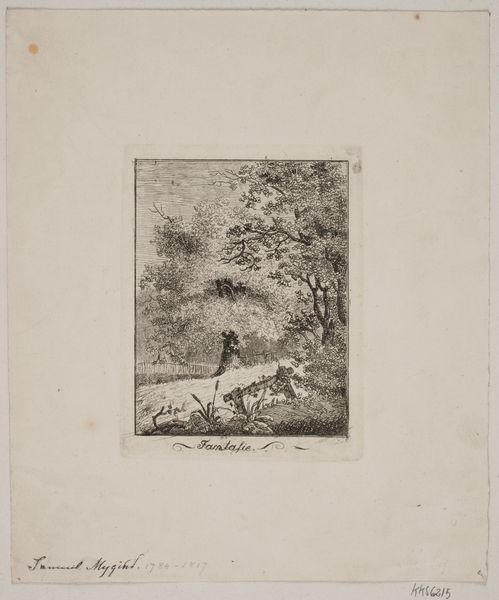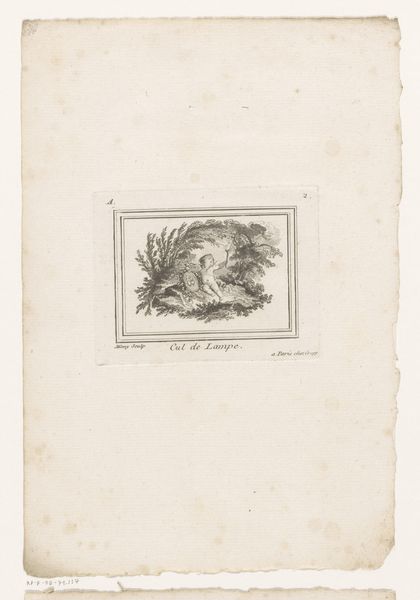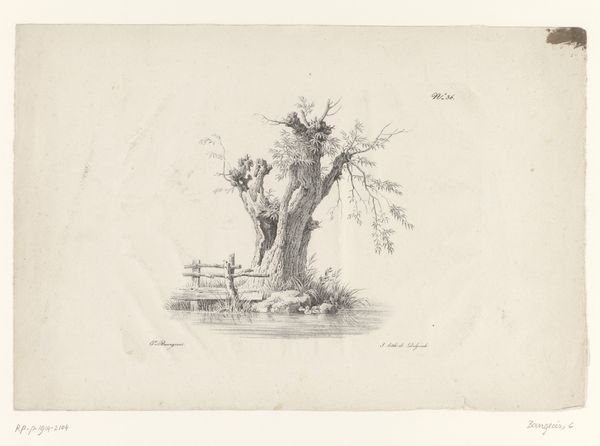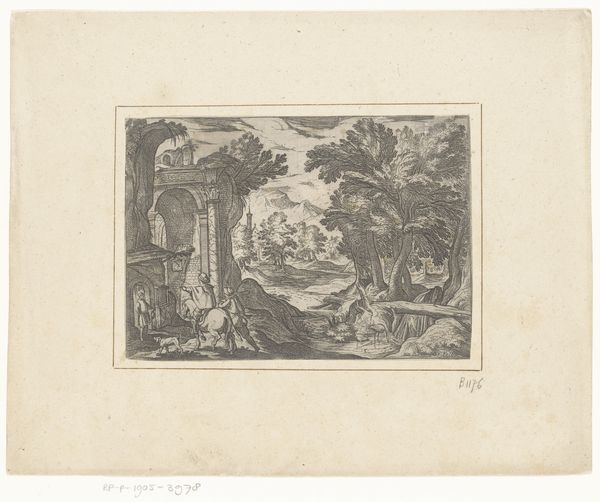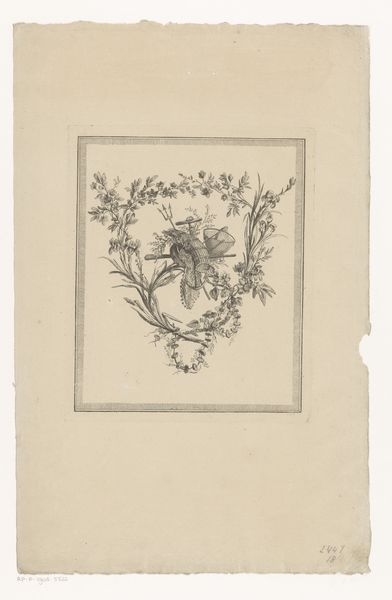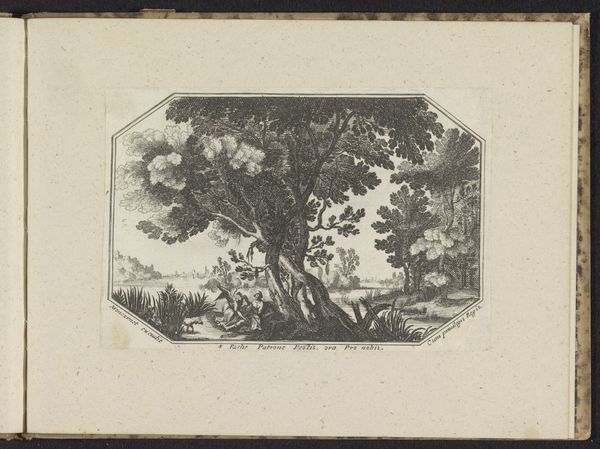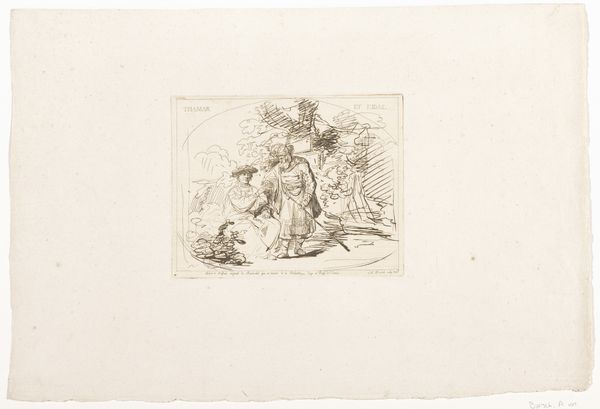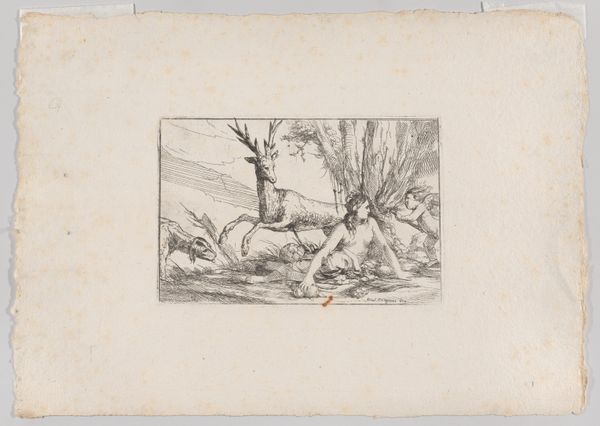
drawing, print, paper, pencil
#
portrait
#
drawing
#
aged paper
#
toned paper
#
baroque
# print
#
figuration
#
paper
#
soldier
#
pencil
#
history-painting
Dimensions: sheet: 3 9/16 x 5 13/16 in. (9.1 x 14.7 cm)
Copyright: Public Domain
Editor: This is Adam van der Meulen’s "Study of a Fallen Soldier," likely created between 1645 and 1690. It’s a pencil drawing on what looks like toned paper, and the effect is quite dramatic, despite the small scale. What catches your eye when you look at this? Curator: I’m drawn to the paper itself. The aging of the material tells a story of its own, a witness to history. Think about the paper mills of the time, the labour involved in producing a single sheet. Then consider the pencil, how it transforms humble graphite into a representation of human suffering. Editor: So you’re focusing on the physical making of the artwork itself? Curator: Precisely. The "high" subject matter—a fallen soldier, perhaps from some great battle—is brought down to earth by the humble materials used. The consumption of war, or its production even, rendered via relatively accessible artistic production methods. Editor: That's interesting. I was focusing on the emotion in the soldier's face, but now I’m thinking about the labour behind creating the materials themselves. How does the artist's choice of materials contribute to the meaning, you think? Curator: The choice is telling. A grand history painting might be done in oil on canvas, befitting the heroic scale. But a study like this, quickly rendered in pencil, suggests a more immediate engagement with the realities of conflict, divorced from the grand narratives, revealing the human cost inherent in such conflicts. It invites us to consider the social and economic context in which art, even depictions of war, is produced and consumed. Editor: I see your point. I had initially viewed it as just an emotive drawing. Curator: Art, at its most elemental, embodies both concept and materiality, reflecting broader social and economic systems of its time. The convergence creates a rich cultural artifact, beyond surface reading. Editor: That gives me a new way to approach artworks in the future! Thanks!
Comments
No comments
Be the first to comment and join the conversation on the ultimate creative platform.
